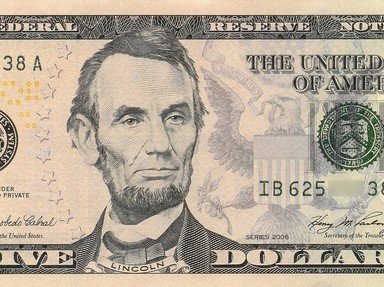Quiz Answer Key and Fun Facts
1. What kind of vehicle was a Conestoga?
2. Many people have heard of "forty-niners", but what was a "forty-eighter"?
3. If you had an Arkansas Toothpick, how did people likely respond to you?
4. Why might one need a "copper"?
5. So, who exactly are "Yankees"?
6. Which early US President told his wife he would take a "virgin" to bed if he got cold?
7. What was the "Bonnie Blue Flag"?
8. Who or what was a shavetail?
9. Could a dandy be a flapper?
10. Who or what, in the American midwest of the 1800s, was a soddy?
Source: Author
austinnene
This quiz was reviewed by FunTrivia editor
looney_tunes before going online.
Any errors found in FunTrivia content are routinely corrected through our feedback system.

